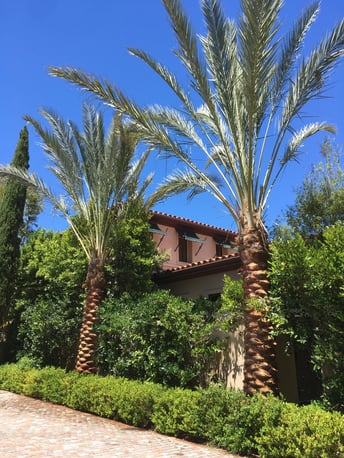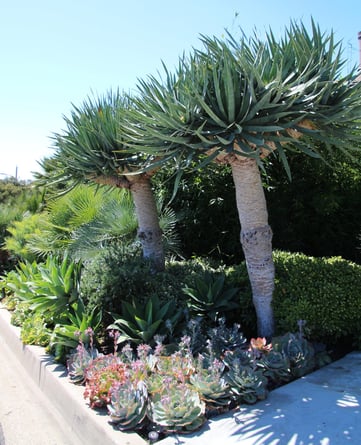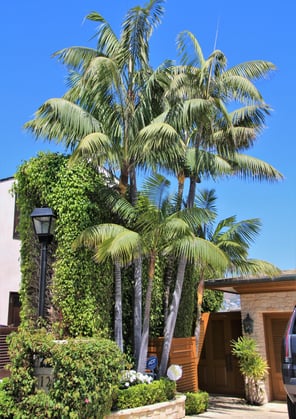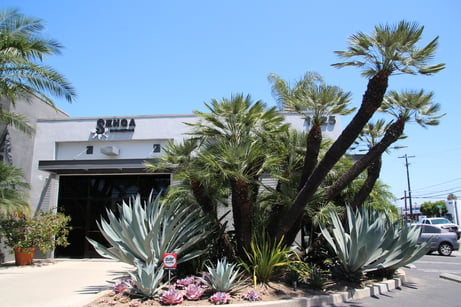The Jungle Bulletin
What is a Specimen Tree and How to Buy One?
It is easy to remember what "specimen" trees are if you learn the Latin root that the word is based upon. The Latin root, spec- means "to look at". Therefore, a specimen tree is one you would single out in your landscape as being particularly worth look at and the "crown jewel" in your yard. We say tree, but it could also be a shrub, perennial, or another plant of it is sufficiently large, especially showy, cuts a bold figure, or strikes the eye as being quite unusual.
There is a time when every garden owner considers these traits, mulling whether it is worth it to add a specimen tree to a landscape. There can be a big investment of time, effort, and money. Are they worth it?

Phoenix dactylifera or date palm
What Is a Specimen Tree?
Generally, any tree planted singularly as a focus of attention is considered a specimen tree. It could be noteworthy because of its size, species, flower, bark, form or rarity. It could be a common but well-placed tree with beautiful branching. Or perhaps it's a tree that's unexpected.
Often, particularly in larger landscapes, specimen trees are sizable and noteworthy, sometimes standing alone and other times planted in groups to create and shape an outdoor space.
Are All Specimen Trees Big?
Not all specimen trees are grand in size. A specimen tree can also be a unique tree, with perhaps an interesting trunk or lots of character. Dracaena Dracos are not particularly large but they are unique and can add character to a space.

Dracaena dracos stand out among succulents and agaves
How Does a Specimen Tree Impact a Landscape?
Well-sited and smartly selected specimen trees seemingly can do it all. They can add intimacy , age, or personality to a landscape. They can shape a larger space or subtly offer a focal point to a smaller planting area. They can do double duty by providing shade, screening or separation to a design scheme as well. A large tree can bring instant gratification and make a garden feel as if it has always been there.


Photo 1: Large Kentia Palms by front door and drive way Photo 2: Dracaena Draco at Huntington Beach hotel entry
How Do I Choose?
Buying a specimen tree can be like choosing artwork. It is personal and needs to appeal to you! For established gardens, consider if it incorporates well into the existing landscape. Then weigh attributes such as form, color and structure. The architecture of the house, neighborhood and history of nearby buildings also offer cues in selecting an appropriate specimen. Usage consideration also come into play. Does the specimen need to supply shade, separation or screening? Also, consider size from an aesthetic point of view. If purchasing a smaller specimen, do you have a sense of what it will grow into down the road and how it will scale with the rest of your landscape? If you choose a younger specimen, make sure you give it enough room to grow to maturity. If you want to fill the area while it develops, consider using plants that are easily trimmed or removable to the specimen always has room to grow.
.jpeg?width=418&name=Front1(1).jpeg)

Photo 1: Chamaerops humilis and olive trees frame an entry Photo 2: Multi-trunk Phoenix reclinatas outline the corner of an office entrance
How Can Instant Jungle International Help?
We currently have over 300 specimen trees in stock. We have several species and sizes ranging from 30" boxes to 72" boxes. We also have 40 years' experience with knowing what, how and where to plant a specimen tree. Look no further... you have found the experts!
